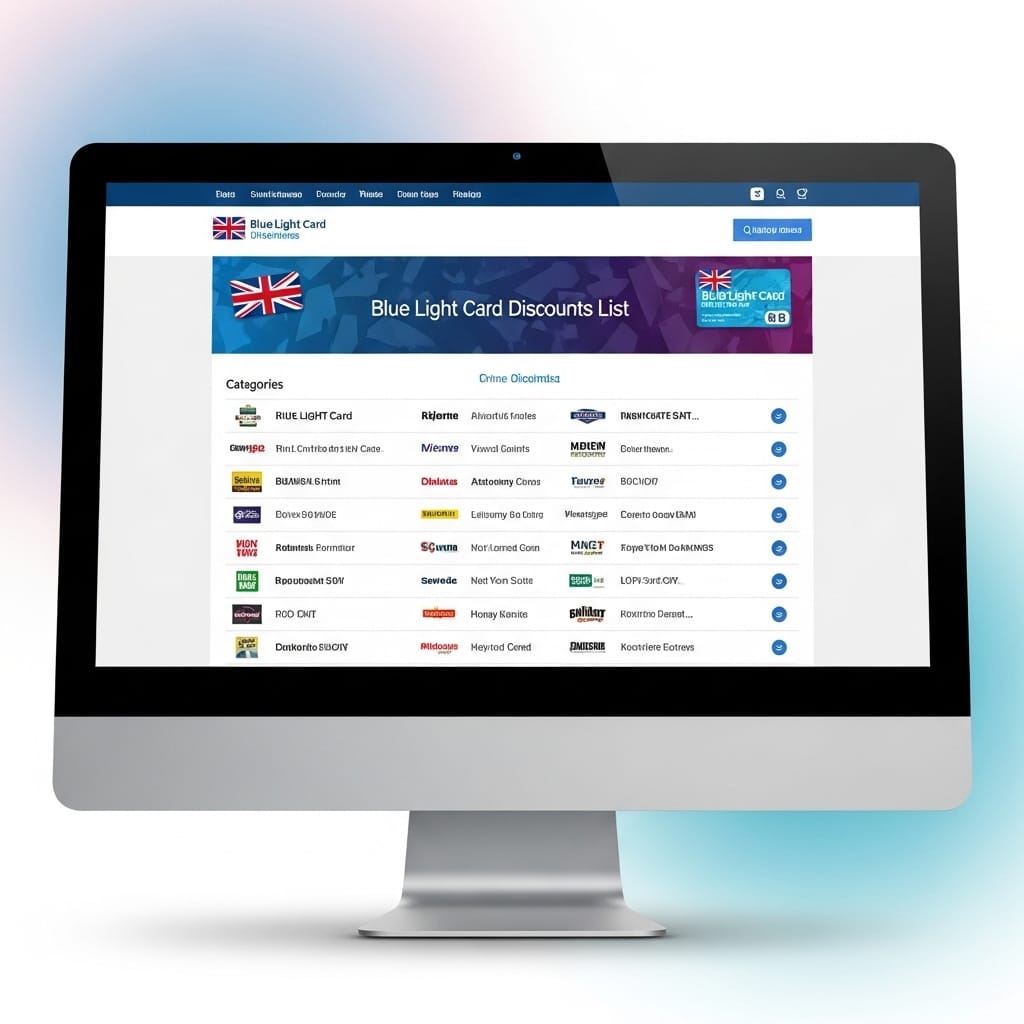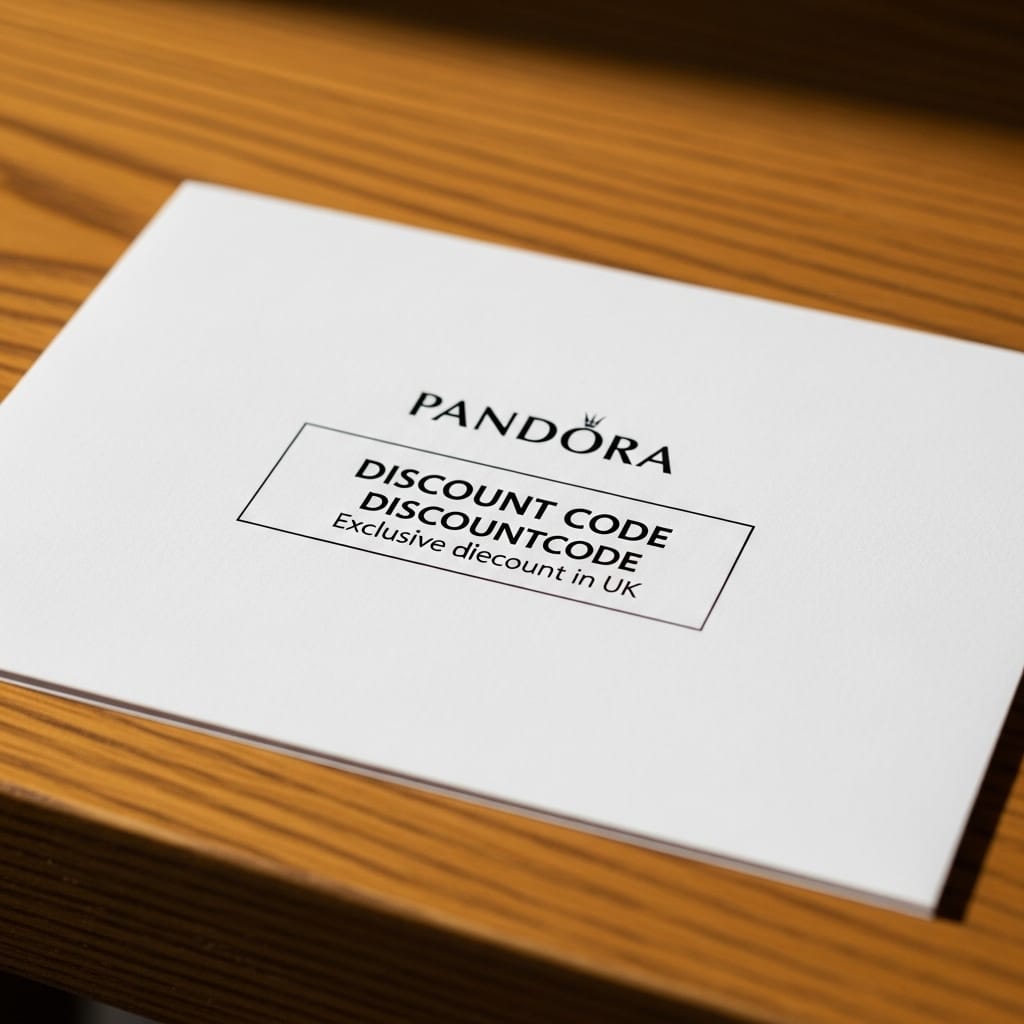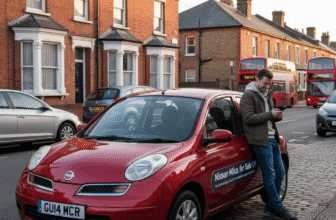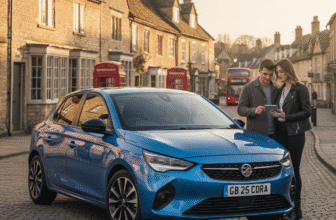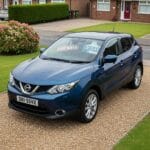
The Ultimate UK Buyer’s Guide to the Nissan Qashqai: Finding Your Perfect Match
If you’ve spent any time on British roads in the last decade and a half, you’ve seen a Nissan Qashqai. In fact, you’ve probably seen dozens of them, perhaps without even realising it. This isn’t just a car; it’s a phenomenon. It’s the vehicle that single-handedly kick-started the crossover craze that now dominates the UK car market. From the school run in Surrey to the winding roads of the Scottish Highlands, the Qashqai has become an integral part of the British automotive landscape. So, if you’re typing “Nissan Qashqai for sale” into your search bar, you’re in good company. But with three distinct generations, a host of trim levels, and a variety of engines, where do you even begin?
Fear not. This is your definitive guide to navigating the world of the Nissan Qashqai. We’ll break down each generation, demystify the trim levels, explore the engines, and provide you with the essential knowledge to find the perfect Qashqai that fits your life and your budget. This isn’t just about buying a car; it’s about understanding why this Sunderland-built success story continues to capture the hearts of British drivers.
The Car That Redefined the Family Hatchback
Before the Qashqai arrived in 2007, your choices for a practical family car were largely limited to a traditional hatchback like a Ford Focus, a boxy MPV, or a chunky, often inefficient, 4×4. Nissan took a bold gamble. They merged the easy driving dynamics and running costs of a hatchback with the raised driving position, practicality, and rugged looks of an SUV. The result was the ‘crossover’, and it was an instant, runaway success. It offered families the best of both worlds: a car that was easy to park and manoeuvre in town, yet felt safe, spacious, and commanding on the motorway. It looked more exciting than a standard hatchback but wasn’t as intimidating or expensive to run as a full-blown SUV. It was, for many, the perfect compromise.

Decoding the Generations: Which Qashqai is Right for You?
Your journey to finding the right Qashqai begins with understanding the three distinct generations. Each has its own character, strengths, and price point on the used market.
The Original Game-Changer (Mark 1: 2007-2013)
This is the one that started it all. The first-generation Qashqai still looks remarkably contemporary, a testament to its forward-thinking design. For those on a tighter budget, a well-maintained Mark 1 offers incredible value for money. It provides that signature high driving position and a sense of solidity that continues to appeal.
Inside, the cabin is functional and hard-wearing rather than luxurious. The plastics are tough, and the technology, by today’s standards, is basic. However, it’s the practicality that shines. The boot is a decent size, and rear passenger space is ample for kids and most adults. For those needing even more space, Nissan launched the Qashqai+2 in 2008, which featured a longer body and two extra fold-down seats in the boot, making it a compact seven-seater perfect for occasional use.
Engine choices were straightforward, typically 1.6-litre and 2.0-litre petrols, or the more popular and economical 1.5-litre and 2.0-litre dCi diesel engines. The 1.5 dCi is a particular highlight for its impressive fuel economy. When buying a Mark 1, look for a comprehensive service history. Age-related wear on suspension components is common, and on diesel models, ensure the Diesel Particulate Filter (DPF) has been given regular long runs to avoid clogging.
The All-Conquering Sequel (Mark 2: 2014-2021)
If the first Qashqai was the rough diamond, the second generation was the polished gem. Launched in 2014, the Mark 2 took everything people loved about the original and improved upon it significantly. It’s sharper, more stylish, and feels considerably more premium inside and out. This is the sweet spot for many used buyers, offering modern features and refinement at a very accessible price.
The step-up in cabin quality is immediately noticeable. Softer-touch materials, a more ergonomic layout, and a greater focus on technology brought the Qashqai right up to date. Features like the 360-degree Around View Monitor camera system, introduced on higher trims, were a revelation, making parking an absolute breeze. A significant facelift in 2017 further enhanced the premium feel, with an updated exterior design, improved interior materials, and better sound insulation. This update also introduced Nissan’s ProPILOT semi-autonomous driving assistance on top-spec models, a feature that can handle steering, acceleration, and braking in single-lane motorway traffic.
The engine line-up was modernised to focus on smaller, more efficient turbocharged units. The 1.2 DIG-T petrol replaced the old 1.6, offering peppy performance around town, while the 1.5 dCi diesel remained the champion of fuel economy. For those wanting more power, a 1.6 DIG-T petrol and a 1.6 dCi diesel were also available. The Mark 2 is a fantastic all-rounder and a superb used buy. Its reliability is generally strong, but it’s still wise to check that all the electronics work as they should, from the infotainment screen to the parking sensors.
The High-Tech Hybrid Hero (Mark 3: 2021-Present)
The latest Qashqai is a confident, bold, and technologically advanced machine. Built on a new platform, it’s lighter, stronger, and even more spacious than its predecessor. The design is razor-sharp, with slim LED headlights and a commanding road presence. If you’re looking at nearly-new or brand-new models, this is the Qashqai you’ll be considering.
The interior is where the Mark 3 truly feels like a leap forward. It’s a genuinely premium space, dominated by large, crisp digital displays for the driver’s instruments and central infotainment system. The material quality, fit, and finish are a match for premium German brands. Practicality is also improved, with wider-opening rear doors (a blessing for parents fitting child seats) and a larger, more versatile boot.
The biggest change, however, is under the bonnet. Nissan dropped diesel engines entirely for this generation, focusing instead on efficiency and future-proofing. The range consists of 1.3-litre mild-hybrid petrol engines and the headline-grabbing e-POWER system. The mild-hybrid offers smooth, efficient performance for everyday driving. But the e-POWER is the real star. It’s a unique type of hybrid where a petrol engine acts solely as a generator to charge a battery, which in turn powers an electric motor that drives the wheels. This means you get the silent, instant, and smooth driving experience of an electric car without ever needing to plug it in. It’s an ingenious solution for those not yet ready to make the full leap to a pure EV.
Understanding the Trim Levels: From Visia to Tekna+
Navigating Nissan’s trim structure is key to finding the right features. While specifications can vary slightly by model year, the hierarchy generally follows this pattern:
- Visia: The entry-level model. It’s often quite basic and aimed at the budget-conscious or fleet market. You’ll get the essentials like air conditioning, Bluetooth, and cruise control, but not much else.
- Acenta / Acenta Premium: This is often considered the sweet spot in the range. It adds the features most people want, such as alloy wheels, dual-zone climate control, automatic lights and wipers, and a better infotainment screen with smartphone integration (Apple CarPlay and Android Auto on later models).
- N-Connecta: This trim focuses on technology. It typically builds on the Acenta Premium spec by adding keyless entry and start, the fantastic 360-degree camera system, larger alloy wheels, and integrated satellite navigation.
- Tekna / Tekna+: This is the top of the range. Tekna models are packed with luxury and safety features, including a panoramic glass roof, heated leather seats, a premium Bose sound system, and a full suite of driver aids like ProPILOT. The Tekna+ often adds even more luxurious quilted leather upholstery and massaging front seats.
Your Essential Used Qashqai Checklist
When you’ve found a potential Qashqai, it’s time to play detective. A thorough check can save you from future headaches and expense.
- Full Service History: This is non-negotiable. It shows the car has been cared for. Check for regular oil changes and adherence to the recommended service schedule.
- The Test Drive: Drive the car on a variety of roads. Listen for any knocks or rattles from the suspension. Does the clutch feel heavy or does it bite at the top of its travel (a sign of wear)? Does the gearbox feel smooth?
- Electronics Check: The Qashqai is packed with tech, especially on higher trims. Patiently test everything. Connect your phone, check the sat-nav, operate the parking cameras, and test all the electric windows and mirrors.
- Diesel DPF (for Mk1/Mk2 diesels): If buying a diesel, ask the owner about their driving habits. Lots of short, urban journeys can clog the Diesel Particulate Filter, leading to expensive repairs. A car that has had regular motorway runs is preferable.
- Tyre Wear: Check the tyres for even wear. Uneven wear across the tyre could indicate an alignment issue, which might point to worn suspension parts or even a minor accident in the past.
- Bodywork and Interior: Look for signs of a hard family life. Check for panel gaps, mismatched paint, and excessive wear on the seats and plastics. It all tells a story about how the car has been treated.
The Verdict: Is a Nissan Qashqai Right for You?
After more than fifteen years at the top, the Nissan Qashqai’s appeal is undeniable. It remains one of the most sensible, practical, and desirable family cars you can buy. It successfully walks the tightrope between being stylish and sensible, compact and spacious, comfortable and affordable.
Whether you’re looking for a budget-friendly first-generation model to handle the daily grind, a feature-packed second-generation version that represents incredible used value, or the latest high-tech e-POWER model for a taste of the electric future, there is a Qashqai for sale that is perfect for you. It’s a car designed for the reality of modern British life, and that’s the secret to its enduring success. Happy hunting!

